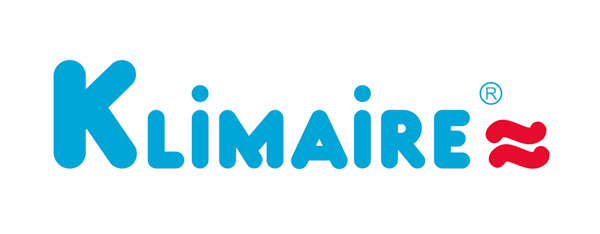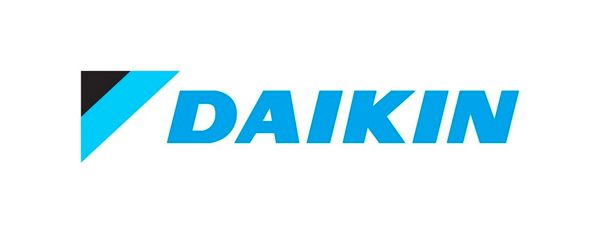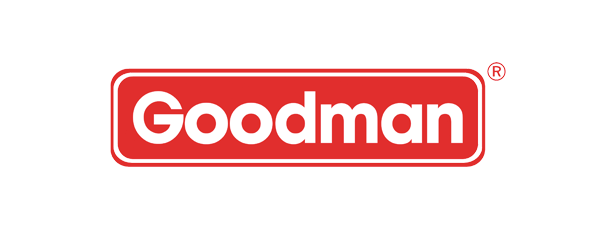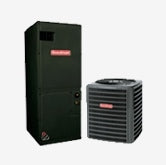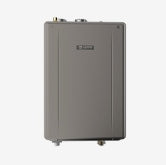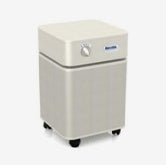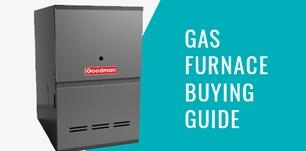GAS FURNACES
Purchasing the best furnace for your home means taking advantage of features available in new furnace technology that can reduce your energy bill, increase your comfort and still fit well within your budget.
From the start, when you are looking for a new furnace you will need to decide where you are going to have it installed. Will it be inside, in a closet, a crawl space or attic? Or outside of the house? Installation location will determine the physical size and configuration of the furnace.
Heating capacity, listed in BTUs, required for your space and available air conditioning capacity are also important. Available ac capacity matters if you want to integrate central air conditioning at a later date or you are adding the furnace to an already existing central air conditioning system.
If you are looking for a gas furnace combined with central air conditioning, also known as an air furnace matched system, the information below will brief you on basic facts, then we suggest you review our air furnace matched systems guide for specifics on selecting that type of HVAC.
The heating output of a furnace is measured in BTU's. You may be more familiar with "tonnage" which is also used in reference to capacity of heating and air conditioning. The conversion is 12,000 BTUs = 1 Ton. BTU stands for Stands for British Thermal Unit. One BTU refers to the amount of thermal (heat) energy required to raise or lower the temperature of one pound of water one degree Fahrenheit.
The higher the BTU, the higher the heating output. For a free expert consultation on choosing the right furnace, email us at sales@heatandcool.com or call us at 1-800-978-5628.
Hand in hand with your heat output, you will want to know the efficiency rating of any furnace you are considering. The Annual Fuel Utilization Efficiency (AFUE) measures the efficiency of a gas furnace in converting fuel to heat energy. For example, an 80% AFUE rating means that 80 cents out of every $1 you spend to heat your home is actually used by the furnace to warm your home.
Gas furnace main components
- Valve that regulates release of fuel
- Burner that ignites fuel inside a combustion chamber
- Heat exchangers for the transfer of combustion heat to the air
- Blower for movement of air
- Vent for exhaust of combustion by-products
How gas furnaces work
Conventional gas furnaces use a valve to regulate the amount of fuel delivered to the burner. A flame then ignites the fuel inside the combustion chamber. Next, the furnace blower fan turns on, pulling air through air return vents and outside. This air passes through a filter and over the furnace’s heat exchanger to warm it. The furnace blower then forces the warmed air throughout the house by means of the ductwork. Combustion by-products - water vapor and carbon monoxide - are exhausted outside through the furnace vent.
A high-efficiency condensing furnace will extract the heat for a longer period of time using two heat exchangers. This results in the condensation of the water and gasses, which vent from the building through a PVC pipe.
Furnace technology
Speed refers to the technology of the circulating blower motor, which forces conditioned air though your ducts.
- Single-speed circulating blower motors have one speed. This means your furnace is either on or off.
- Multi-speed motors have more than one speed that the furnace can be set to through its wiring. Upon installation, your technician will determine which speed is best for your home. The speed can only be changed through the hard wiring.
- Multi-speed ECM (Electronically Commutated Motors) also have a fixed number of multiple speeds but the self-adjusting technology of ECM changes “gears” as needed to maintain a steady temperature.
- Variable speed ECM technology also auto-adjusts heat output but there are no speed limitations.
Valve type/Stage
The valve controls the release of gas to the burners.
- A one-stage valve always opens fully for maximum capacity.
- A two-stage valve, however, opens partially for low heat, or fully in its “second stage,” for high heat.
- The third type of valve is modulating. The valve releases gas according to the amount of heat required to reach and maintain the set temperature.
CENTRAL AIR CONDITIONING AND HEATING SIZING GUIDE:




















































































